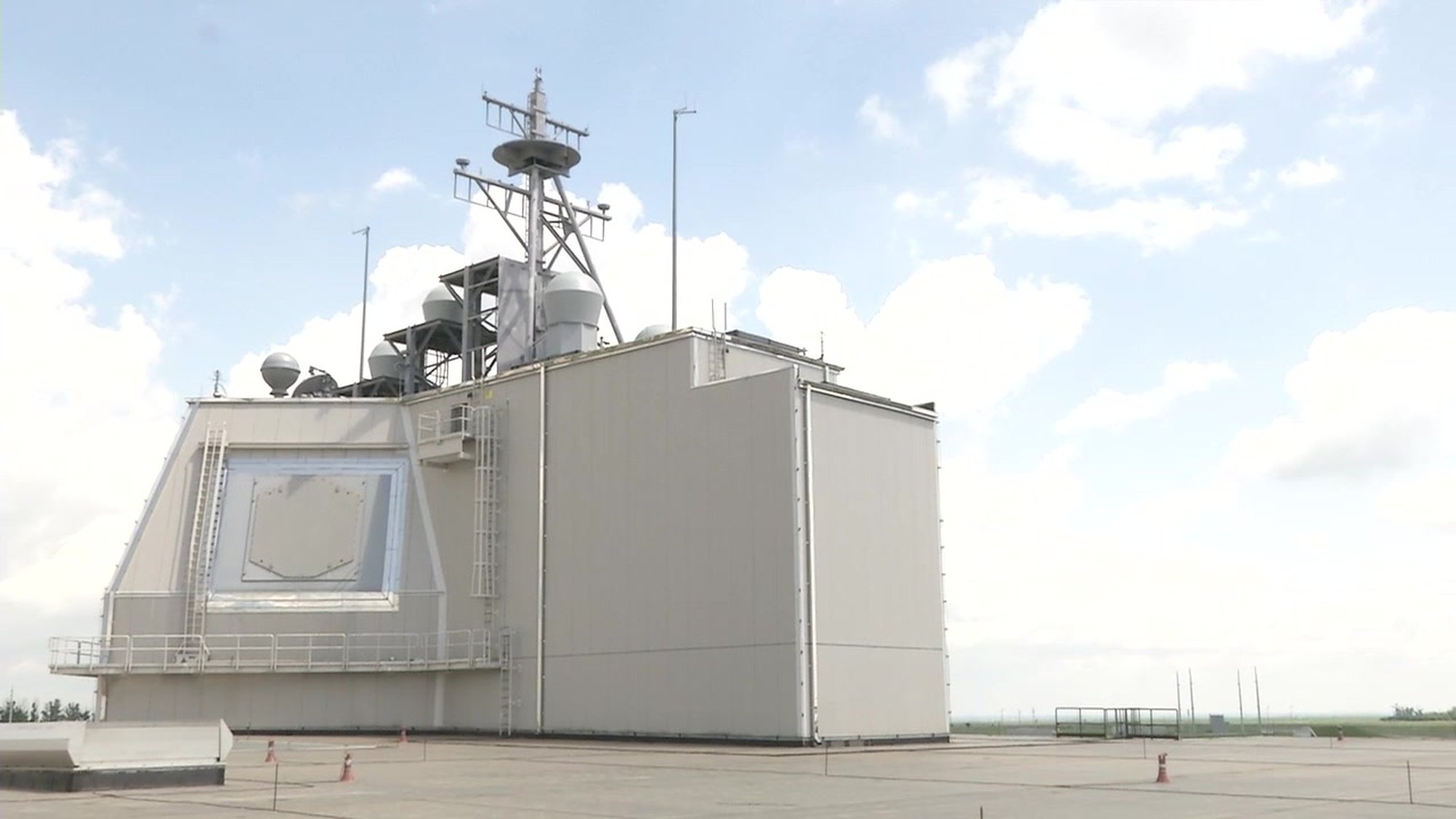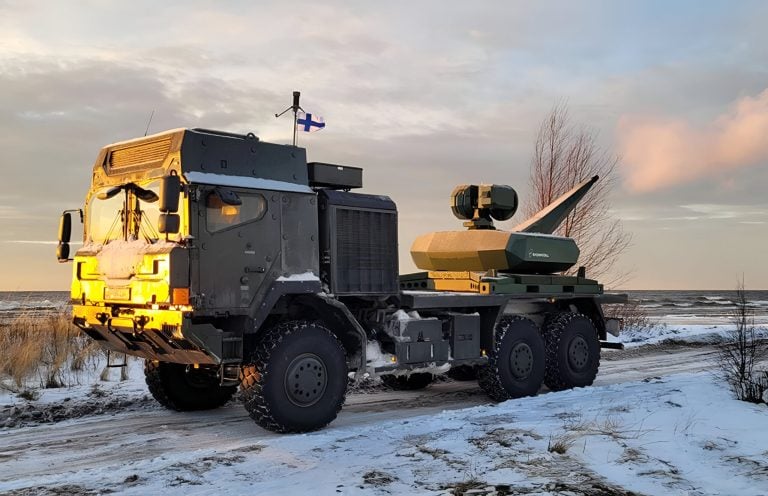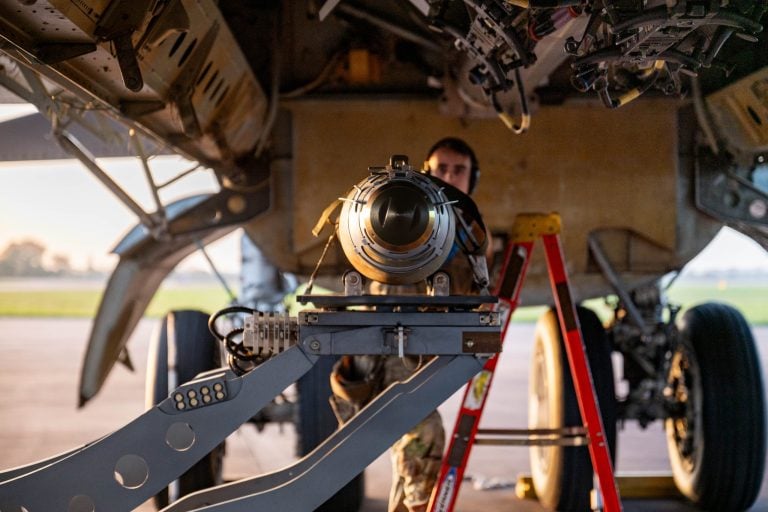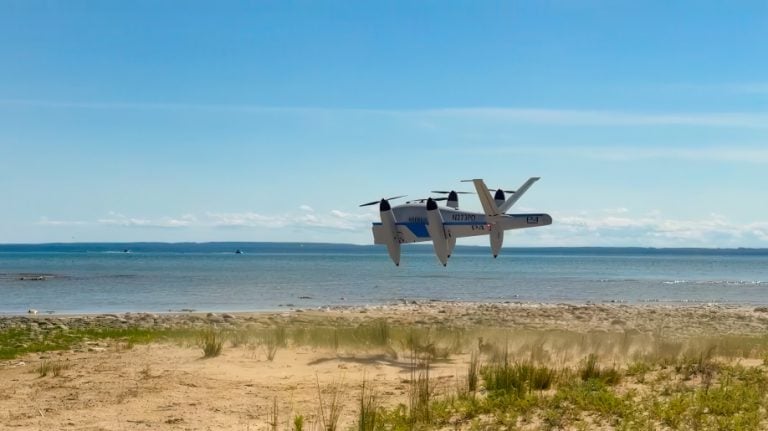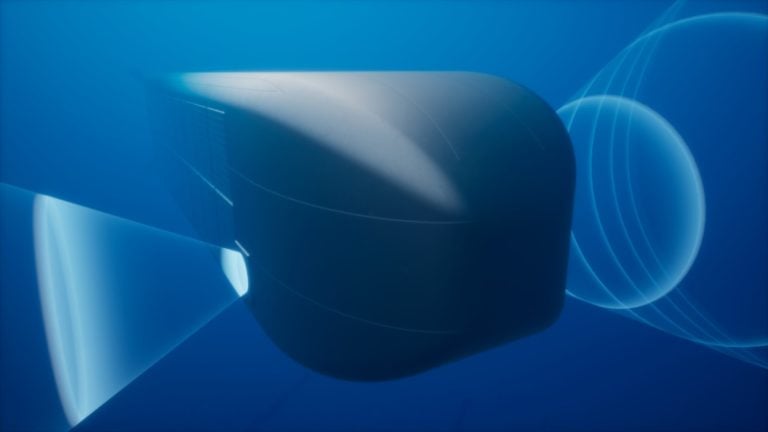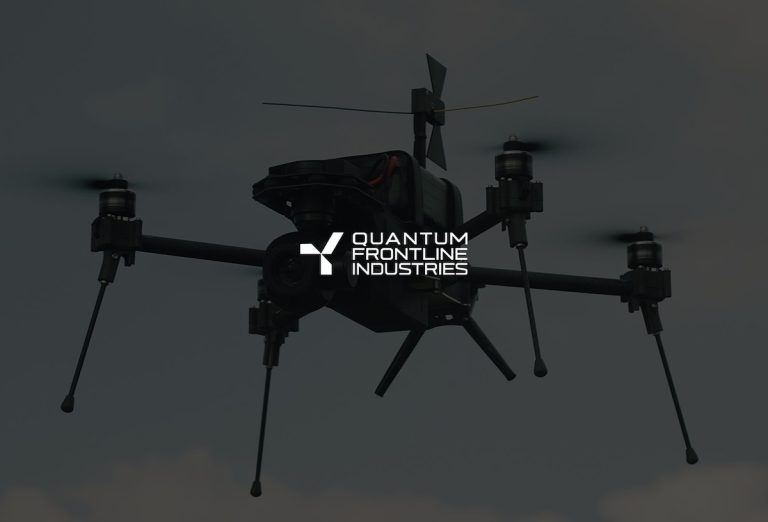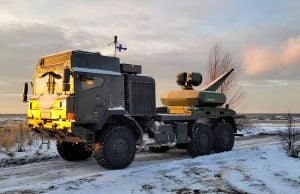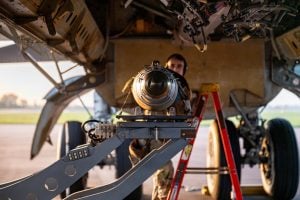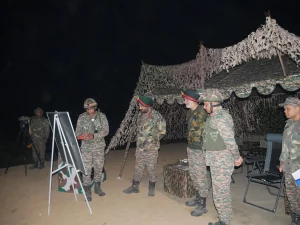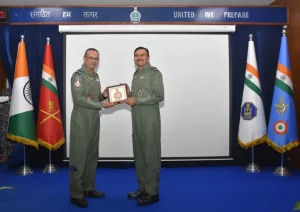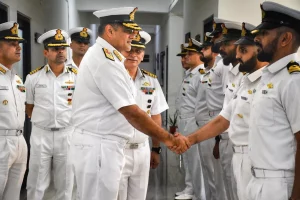The US Navy has initiated a significant partnership with Kratos Defense & Security Solutions, awarding the company a Phase 1 contract designed to establish an in-house sustainment program for the AN/SPY-1 radar systems. These radar systems are vital sensors deployed on Aegis-equipped cruisers and destroyers, illustrating the Navy’s commitment to maintaining the operational readiness of its fleet.
This contract represents the introductory phase of Project Anaconda, a comprehensive multi-phase initiative aimed at transitioning radar maintenance and modernization efforts from external vendors to facilities managed directly by the Navy. This shift is anticipated to enhance control over maintenance processes and ensure the ongoing reliability of aging systems.
As part of Phase 1, Kratos will focus on developing critical repair, overhaul, and testing capabilities specifically for various radar subsystems. These include essential components such as transmitters, signal processors, and antenna arrays. The comprehensive nature of these developments highlights the project’s scope and its potential impact on the Navy’s operational capabilities.
The overarching value of the project could reach an estimated $175 million as additional phases are rolled out. A key aspect of this initiative will be the establishment of the Indiana Radar Integration Complex, which is set to become a central hub for radar integration, sustainment, and prototyping. This facility, strategically located near the Naval Surface Warfare Center Crane, is expected to commence operations by 2027.
Kratos CEO Eric DeMarco emphasized the long-term benefits of the program, highlighting its potential to create sustained value for various stakeholders, including government entities. He expressed optimism that Project Anaconda will deliver multi-decade benefits for both the Navy and Kratos.
The Navy’s effort to strengthen its radar sustainment capabilities through this contract is part of a broader strategy aimed at extending the lifespan of the AN/SPY-1 radar. By ensuring these legacy systems remain operational, the Navy seeks to maintain the effectiveness of the Aegis-equipped fleet in air and missile defense roles.
Although newer vessels are outfitted with the SPY-6 radar, the continued operation of hundreds of SPY-1 arrays is essential. However, this necessitates addressing ongoing technical challenges and maintenance hurdles. The Navy’s plans to reduce maintenance delays and costs while preserving technical expertise within its depots underscores its commitment to operational readiness.
This initiative also aligns with broader modernization efforts, such as the Integrated Combat System project, which seeks to standardize software across different radar generations. Such moves aim to ensure interoperability and long-term efficiency, solidifying the Navy’s strategic capabilities for years to come.
